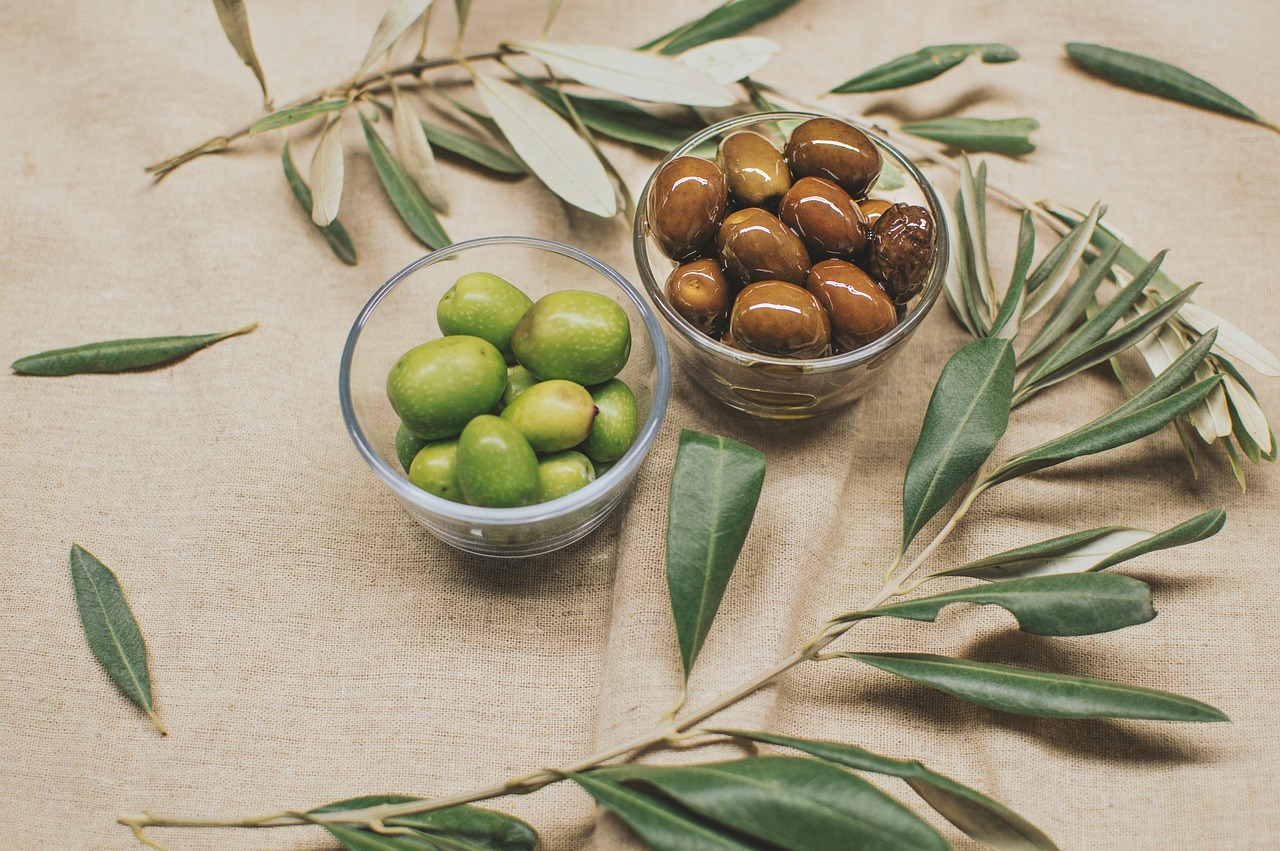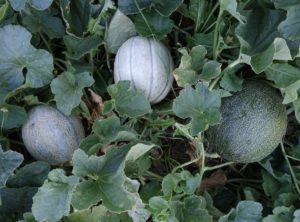If you’ve ever dreamt of producing your own olive oil or simply enjoying the fruits of your labor with home-harvested olives, you’re not alone.
The charm of olive trees gracing residential gardens is becoming increasingly popular, especially among women who appreciate sustainable gardening and cooking.
In this guide, you will find everything you need to know about harvesting olives, from choosing the right variety to processing your harvest.
Understanding Olive Varieties
Before you plant your olive trees, it’s important to choose the right variety for your needs and local climate. Some popular varieties include:
Arbequina: Known for its sweet and fruity flavor, this Spanish variety is great for oil production.
Manzanilla: A small, green olive that is perfect for snacking and brining.
Kalamata: Widely recognized for its rich flavor, this Greek variety is ideal for salads and Mediterranean dishes.
If you live in a region with a warm climate, most olive varieties will thrive. Ensure your choice is suited for your local growing conditions.
Cultivating Your Olive Trees
Planting olive trees requires some patience, as they usually take 3 to 5 years to start bearing fruit. Here are some tips to ensure healthy growth:
Location: Choose a sunny, well-drained spot in your garden. Olive trees prefer full sun and can tolerate drought conditions once established.
Soil: While olive trees can adapt to various soil types, ideally, they should be planted in sandy loam that provides good drainage.
Watering: Young trees require regular watering, especially in dry spells. Once established, they need less frequent watering.
Pruning: Proper pruning encourages air circulation and sunlight, leading to better production. Aim for an open, vase-like shape to allow light to penetrate.
Pest Management: Keep an eye out for common pests such as olive fruit flies. Use organic methods whenever possible to maintain the health of your garden.
When to Harvest Olives
Timing is crucial when it comes to harvesting olives. Generally, olives are ready for harvest in late summer to early fall, depending on the variety and your local climate. You want to look for specific signs:
Color Change: Green olives will begin to turn black or purple as they ripen.
Texture: Ripe olives should feel slightly soft to the touch.
If you’re aiming for oil production, it’s best to harvest olives when they are still slightly green for a more robust flavor.
The Harvesting Process
Harvesting olives can be a fun activity. Here’s how to go about it:
Tools Needed: Gather a ladder (if your trees are tall), a picking rake or comb, and clean containers to collect the olives.
Technique: Gently pull the olives off the branches using your hands or the rake. Avoid bruising the fruit as this can affect the quality of the oil or brined olives.
Timing: Early mornings or late afternoons are usually optimal for harvesting, as the olives can be cooler and easier to work with.
Collecting: Lay cloths or tarps under the trees to catch falling olives, making collection easier.
Processing Your Olives
Once you’ve harvested your olives, it’s time to process them. Here are basic methods:
For Oil Production
Cleaning: Rinse your olives thoroughly to remove any dirt or debris.
Crushing: Crush the olives using a traditional stone mill or an electric grinder. This step is essential to begin the oil extraction process.
Malaxing: Mix the crushed olives to help release the oil.
Pressing: Use a press to extract the oil from the olive paste.
For Brining
If you prefer to enjoy your olives directly, consider soaking them in brine:
Curing: Submerge your olives in a basic brine (water and salt) for several weeks. Change the brine every few days to reduce bitterness.
Flavoring: After curing, you can add herbs, garlic, or spices to enhance the flavor.
Storing Your Olives
If you’ve processed olives for oil, store it in a cool, dark place, preferably in a glass or stainless steel container. For brined olives, an airtight container in the refrigerator is recommended.
Final Thoughts
Harvesting olives at home is a rewarding endeavor that enriches your culinary experiences and connects you with the traditions of Mediterranean culture. Not only do you get to enjoy the delicious taste of fresh olives, but you also create memories with friends and family while tending to your garden.





